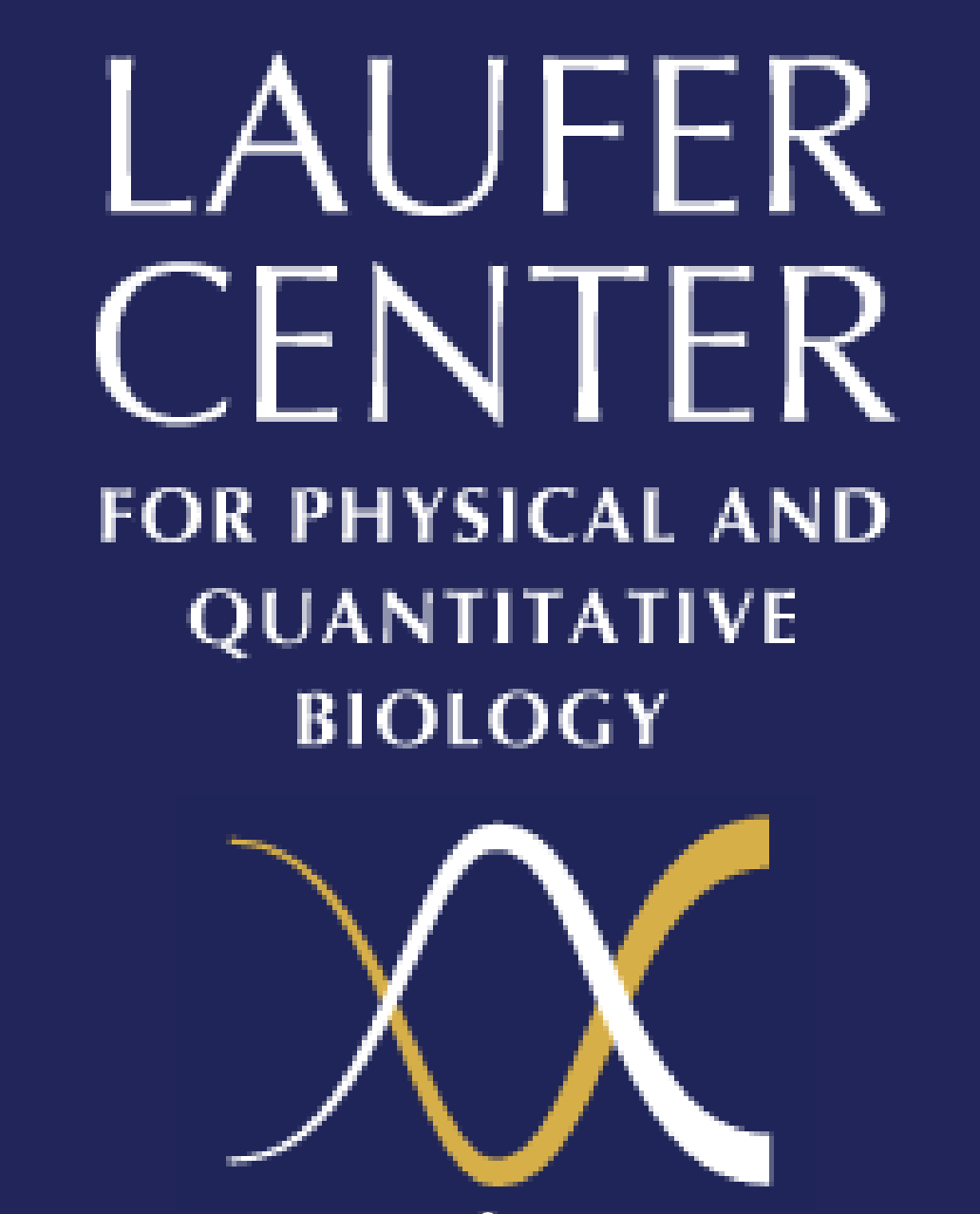Events Calendar
Eugene I. Shakhnovich
Wednesday, April 08, 2015, 02:30pm - 03:30pm
Hits : 3078
Contact Host: Sergei Maslov
Eugene I. Shakhnovich
Department of Chemistry and Chemical Biology
Harvard University
Biophysical Walks on Fitness Landscapes.
Fitness landscape (FL) is a common metaphoric description of genotype-phenotype relationship (GPR). However its precise nature is not known: ‘’Axes” on the pictorial presentations of FL remain unlabeled. In this talk I will present our theoretical and experimental efforts, to outline FL of viruses and bacteria in terms of biophysical properties of their proteins such as thermodynamic stability, catalytic activity and intracellular abundances as well as functional and non-functional interactions with other proteins. First I will discuss multiscale biophysics-based evolutionary models that assume certain robust GPR and explore their predictions for evolutionary dynamics. In particular, theory explains how observed distribution of protein stabilities and other molecular properties emerge as a result of mutation-selection balance and points out to the relation between molecular properties of proteins and ecological properties of populations. Our experimental efforts are aimed at establishing the link between variation of molecular properties of proteins and ensuing fitness effects. To that end we explore fitness landscape of E.coli through controlled perturbations of expression level and stability of essential proteins Dihydrofolate Reductase (DHFR) and Adenylate Kinase (AdK). Our approach is bottom up whereby we design mutations or orthologous replacements that cover a broad range of changes in stability or activity of DHFR and AdK. First we characterize the molecular effects of mutations or molecular properties of DHFR orthologs in vitro. Using genome editing techniques we replace the endogenous genes on the E. coli chromosome with mutant or orthologous ones and characterize fitness of the mutant strains, providing the link between the molecular and fitness effects of mutations,. We found that for low copy number enzyme DHFR protein homeostasis plays a defining role in sculpting fitness effect of mutations while for high copy number enzyme AdK it is less so. Further, we explored system-level effects of chromosomal mutations and orthologous replacements in DHFR using high throughput proteomics and interactomics and found that mutations and orthologous replacements in folA gene encoding DHFR cause major rearrangements of total proteome and interactome in a mutation-specific way. Such proteomic and interactomic variations are robust and appear like discrete responses to certain classes of genetic variation. We found that several orthologous replacements of DHFR caused major loss of fitness despite high stability and catalytic activity of replaced DHFR proteins. Using high-throughput experimental evolution we propagated the orthologous strains for app. 3,000 generations under standard growth conditions and found that fitness of these strains has improved dramatically. Strikingly, there appeared a highly statistically significant correlation between growth rate of an evolved strain and the catalytic activity (kcat/KM) of its DHFRs. Whole genome sequencing revealed that the evolved strains that showed the most dramatic increase in fitness have acquired genomic rearrangements (IS186 insertions) causing inactivation of ATP-dependent Lon protease leading to major increase in the intracellular DHFR abundance. These experimental findings are used to develop more comprehensive and accurate multiscale Biophysical models of evolutionary dynamics.
Location Laufer Center Lecture Hall 101


